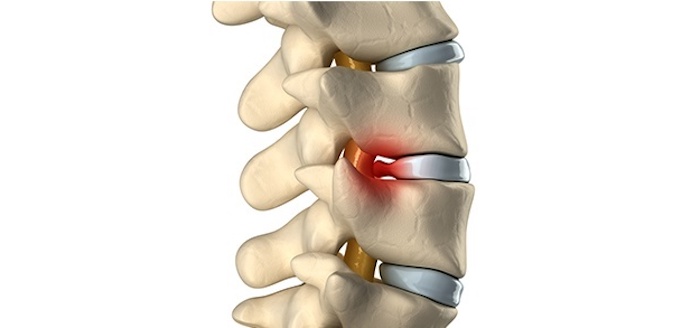A common form of spinal degeneration
An estimated 80% of the world’s population will experience back pain at some point in their lives. For many, back pain could be the result of a pulled muscle or normal aches and pains associated with age. For others, however, back pain could be the result of something more serious, like an annular tear. Annular tears occur when tears in the annulus fibrosus, the tough exterior of an intervertebral disc, cause pain and numbness, usually in the low back.
How & Causes of Annular Tears
Annular tears are, more often than not, a natural result of aging. They can, however, be caused by trauma, excessive weight gain, and consistently lifting heavy weight. Tears occur when the jelly-like substance inside the annulus fibrosus leaks out and irritates the surrounding nerves.
There are three types of annular tears:
- Radial: originating from the disc’s center and work through the disc wall. These tears can cause hernias and are typically a result of aging.
- Peripheral: occurring in the outer fibers of the outer layer of the annulus fibrosus, typically resulting from trauma. Peripheral annular tears can lead to spinal disc degeneration or breakdown.
- Concentric: occurring between the outer layers of the annulus fibrosus circumferentially and are typically a result of injury.
In addition to small annular tears, larger tears can also occur. These tears can cause herniation, which means the jelly-like substance within the annulus fibrosus leaks into the spinal canal.
Symptoms
Minor annular tears may present no symptoms at all or may present themselves when compressing or putting pressure on the discs, such as when sitting down. If an annular tear is severe enough, symptoms may include:
- Tingling
- Numbness
- Pain in the spine, neck, or legs
- Pain when coughing or sneezing
- Pain when bending forward
Diagnosis
When looking to diagnose an annular tear, it is crucial to visit an experienced pain management doctor. A pain management specialist will conduct a thorough review of your medical history, examine your symptoms, and may conduct one or all of the following tests: X-Rays or MRIs or CT Scans
Possible Treatments

- Anti-Inflammatories
- Chiropractic care
- Physical therapy
- Steroid injections



